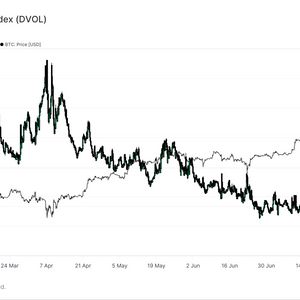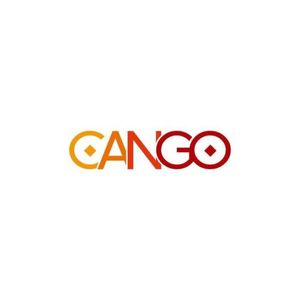Pinterest AI: Pinterest Battles ‘AI Slop’ with Powerful New Tools
3 min read
In a digital landscape increasingly populated by AI-generated creations, platforms built on user contributions face a significant challenge. The struggle for authenticity and quality is real, echoing concerns that resonate even within the decentralized world where verifying digital assets and content is paramount. Pinterest, the popular visual discovery engine, is the latest major platform to directly confront this issue, announcing decisive steps to tackle what’s being widely referred to as ‘AI slop’. Why is Pinterest Fighting AI Slop? The problem is straightforward: an increasing volume of low-quality, often nonsensical or repetitive AI-generated content is flooding the platform. This ‘AI slop’ dilutes the human-made content that users originally came to Pinterest to discover and save. It makes finding genuine inspiration harder and degrades the overall user experience. For a platform built on curating aspirational images and ideas in areas like home decor, fashion, recipes, and art, this influx of synthetic imagery poses a direct threat to its core value proposition. User complaints have mounted, with discussions on forums like Reddit highlighting the frustration over the difficulty of distinguishing real Pins from AI fakes. How is Pinterest Addressing Generative AI? Pinterest is rolling out a multi-pronged approach to give users more control and transparency. Their strategy focuses on identification and filtering: AI Labeling: Images detected as AI-generated or significantly AI-modified will receive an ‘AI modified’ label in the bottom left corner when viewed in closeup. This is a crucial step for transparency. Detection Methods: Pinterest will analyze image metadata where available. More importantly, they’ve developed internal classifiers designed to automatically detect AI content, even if it lacks obvious metadata markers. Creator Appeals: Recognizing that automated systems aren’t perfect, Pinterest will offer creators a way to appeal if their content is incorrectly labeled. ‘See Fewer’ Option: An upcoming feature will allow users to signal that they want to see less generative AI content in specific categories. Initially targeting areas like beauty and art, which have seen a high volume of AI Pins, this option will expand over time. Clicking ‘see fewer’ on a Pin via the three-dot menu will inform Pinterest’s recommendation system to reduce similar AI content shown to that user. These tools represent a significant investment in content moderation specifically targeting the challenges introduced by widespread AI capabilities. What Does This Mean for Content Moderation? Pinterest’s actions underscore the growing necessity for robust content moderation strategies in the age of AI. Platforms that rely on user-generated content must find ways to maintain quality and authenticity against a tide of potentially infinite, low-effort AI creations. This move sets a precedent for how large platforms might handle the influx of AI content, balancing the potential for AI to be a tool for inspiration with the need to prevent it from overwhelming genuine human creativity. The challenge lies not just in detection but also in providing users with meaningful control over their feeds. While Pinterest acknowledges that generative AI can be a source of inspiration when used thoughtfully, their new tools prioritize empowering users to curate their own experience and easily identify synthetic content. As CTO Matt Madrigal stated, the goal is to help users make informed choices and ensure AI content enhances, rather than detracts from, their discovery journey. Conclusion: A Step Towards Cleaner Feeds Pinterest’s introduction of AI labeling and filtering options is a vital step in its battle against ‘AI slop’. By giving users transparency and control, the platform is directly addressing the user backlash and the threat posed by the devaluation of human-made content. This development highlights the broader industry challenge of managing AI-generated content and signals a necessary evolution in content moderation strategies for platforms worldwide. While more tools are planned, these initial steps provide hope for users seeking a cleaner, more authentic browsing experience on Pinterest. To learn more about the latest AI news trends, explore our article on key developments shaping AI features.

Source: Bitcoin World



